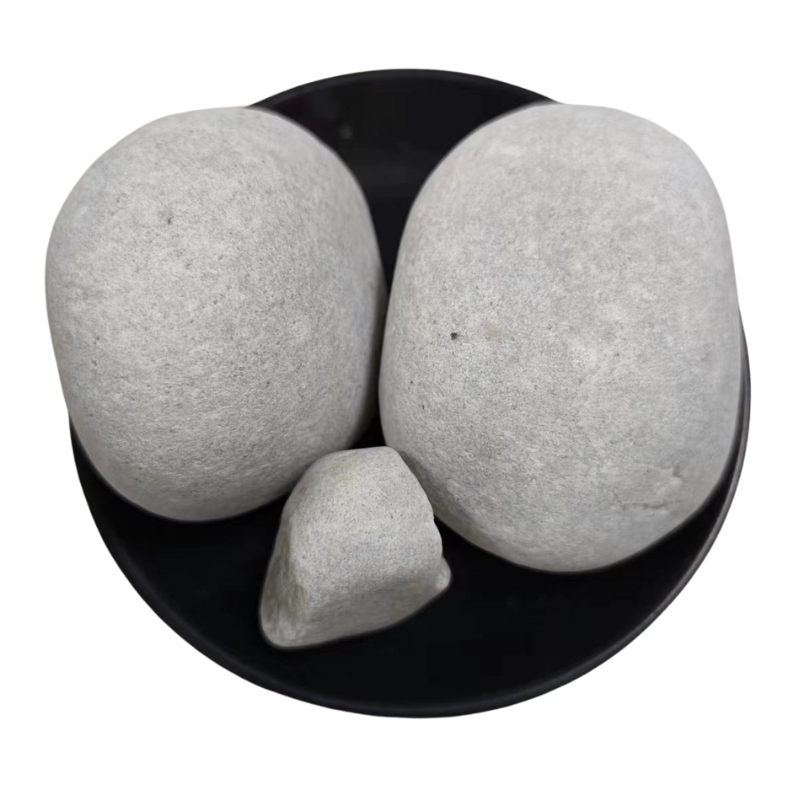
Exploring the Benefits and Applications of Fly Ash in Construction and Industry
The Use of Fly Ash in Construction and Environmental Sustainability
Fly ash, a byproduct of coal combustion in power plants, has gained significant attention in recent years due to its potential applications in construction and its environmentally beneficial properties. As the world increasingly seeks sustainable solutions and alternatives to traditional materials, fly ash has emerged as a key player in promoting both structural integrity and ecological responsibility.
Understanding Fly Ash
Fly ash is a fine, powdery substance that is collected from the flue gases of coal-fired power plants. Composed primarily of silica, aluminum, and iron, fly ash can vary in its chemical composition based on the type of coal burned and the burning conditions. The predominant types include Class F and Class C fly ash. Class F fly ash is produced from burning anthracite or bituminous coal, while Class C fly ash comes from lignite or sub-bituminous coal. Each type has distinct properties that make it suitable for different applications in construction.
Benefits of Using Fly Ash
1. Enhanced Concrete Performance Fly ash is widely recognized for its ability to improve the properties of concrete. It enhances workability, reduces water demand, and can lead to increased long-term strength. The pozzolanic reaction of fly ash with lime in the presence of water contributes to the formation of cementitious compounds, improving the durability and resistance of concrete to environmental degradation.
2. Environmental Sustainability By utilizing fly ash, the construction industry can significantly reduce its carbon footprint. The cement production process is highly energy-intensive and contributes to a substantial portion of global CO2 emissions. By substituting a portion of Portland cement with fly ash, emissions can be diminished, and the demand for natural resources can be decreased. Moreover, fly ash use helps divert waste from landfills, contributing to waste management efforts.
3. Cost-Effectiveness Incorporating fly ash in construction materials can lead to overall cost savings. It can reduce the quantity of cement required, thus lowering material costs. Additionally, the increased durability and extended lifespan of concrete structures can lead to lower maintenance and repair expenses over time.
fly ash use

4. Regulatory Compliance and Incentives Many countries encourage the use of industrial byproducts like fly ash by offering regulatory incentives. Building codes and standards have increasingly recognized the benefits of fly ash, making it easier for contractors and project developers to incorporate it into their projects.
Challenges and Considerations
Despite its numerous advantages, the use of fly ash also comes with certain challenges. Variability in the chemical composition of fly ash can lead to inconsistencies in performance. Therefore, proper testing and quality control measures are essential to ensure that the fly ash used meets the required specifications for specific applications.
Additionally, concerns regarding the presence of unburned carbon remnants and trace heavy metals in fly ash have raised questions about its safety and environmental impact. Regulatory bodies have established guidelines and standards to ensure the safe use of fly ash, but ongoing research is necessary to address these challenges and improve its applications further.
Future Prospects
As the construction industry shifts toward more sustainable practices, the demand for fly ash is likely to increase. Innovations in recycling technologies and the development of new processing methods can enhance the quality and usability of fly ash in a broader range of applications, from road construction to geopolymer concrete.
In conclusion, fly ash represents a promising solution to some of the pressing challenges faced by the construction industry today. Its ability to enhance concrete performance, contribute to sustainability efforts, and lower costs makes it a valuable material in modern construction practices. As awareness and research continue to grow, fly ash will undoubtedly play an increasingly critical role in building a sustainable future. Embracing fly ash not only aids in resource conservation but also contributes to a holistic approach to environmental stewardship in construction.
Share
-
Natural Premium Bentonite Cat Litter - Superior ClumpingNewsJul.31,2025
-
Premium Resin Coated Sand - High Heat Resistance CastingNewsJul.31,2025
-
High Quality Silicon Carbide Grit for Abrasive ApplicationsNewsJul.30,2025
-
High-Quality Ceramsite for Plants & Gardening | Lightweight PebblesNewsJul.29,2025
-
Premium Burgundy Glass Marbles for Vases & Shooter GamesNewsJul.29,2025
-
High Purity Quartz Sand for Industrial and Ground ApplicationsNewsJul.29,2025






